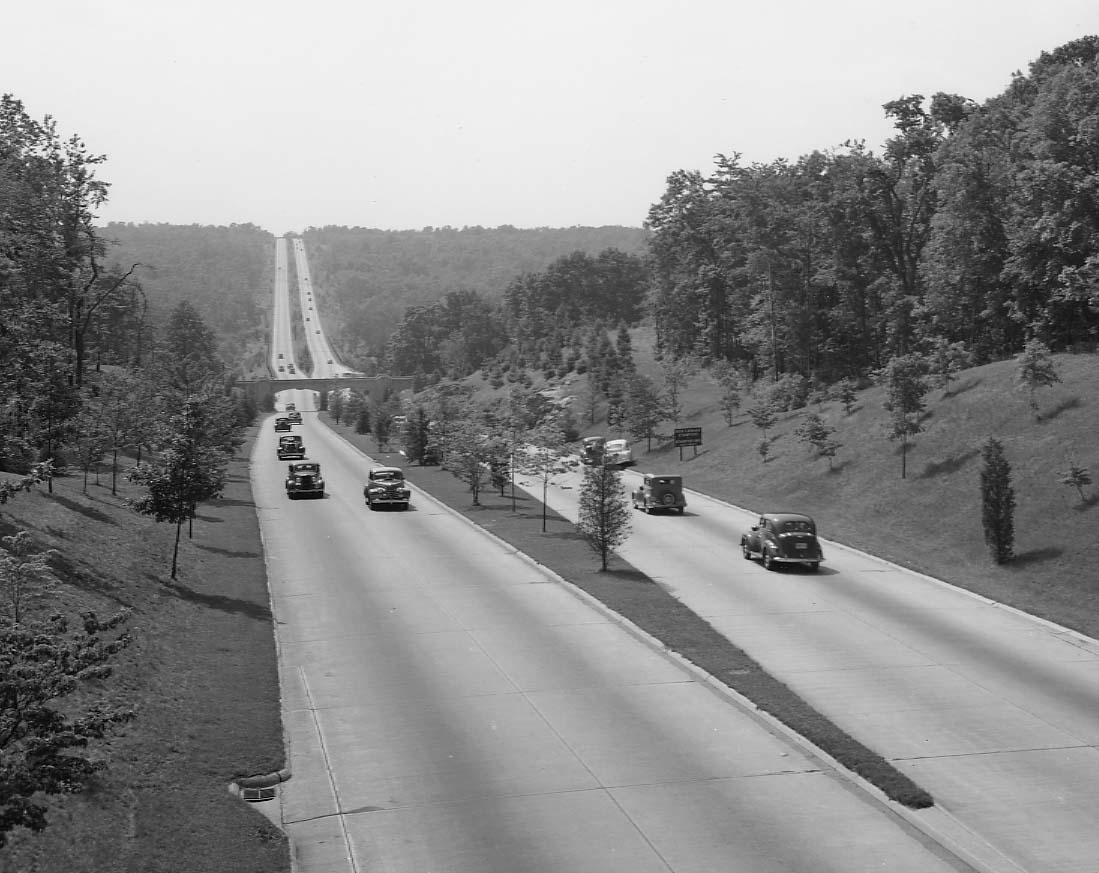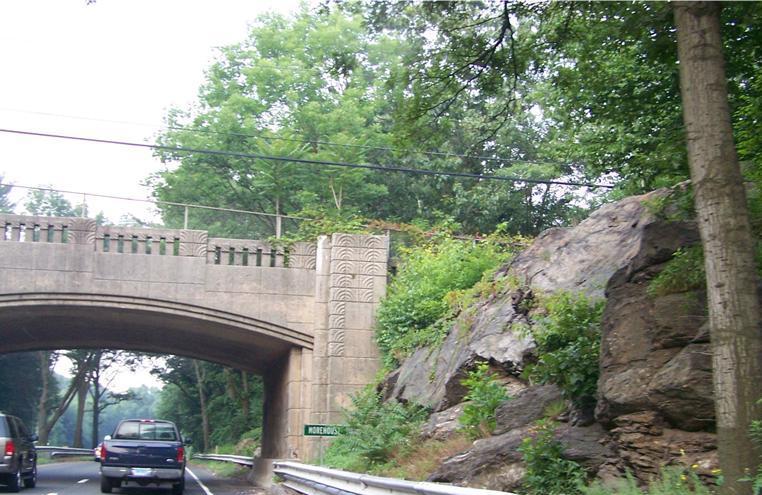National Environmental Policy Act (NEPA)
The Merritt Parkway Multi-use Trail Study will conform to the requirements of the National Environmental Policy Act (NEPA) of 1969 to document and assess direct and indirect impacts that the proposed activities may pose. Preliminary considerations will include the off-site opportunities and constraints within the communities, as well as those within the trail corridor. These assessments will be reviewed with consulting parties, including the Connecticut Department of Energy and Environmental Protection and the State Historic Preservation Office. The study documents, coupled with the site analysis, will serve as the Environmental Assessment (EA) required by NEPA. Due to the complexity of the study and the Parkway’s historic significance, two components of this process are described in more detail below.
Public involvement
The information, ideas, and concerns raised by this process are critical to the success of the study and will greatly augment the information in the site analysis. The Department will be holding a series of interactive workshops to share and further identify study constraints and opportunities, as well as to brainstorm potential solutions to typical or specific issues. An E-News Alert is available to individuals or groups wishing to be posted of any updates, changes or scheduled events. All members of the public are encouraged to participate.
The workshops will be facilitated to provide ample opportunity for input with local expertise on issues about adjacent properties, traffic circulation patterns, and other factors. Subsequently, engineers will prepare a conceptual design based on the input recieved at these workshops. Informational meetings will then be held to provide a forum for general concerns about the appropriateness of a multi-use trail along the Merritt Parkway Corridor.
Preservation planning
The Merritt Parkway is a significant historic and cultural resource. Therefore, the study will comply with historic preservation laws. The National Historic Preservation Act (NHPA) is based on the premise that “Our modern society and our prehistoric and historic resources can exist in productive harmony and fulfill the social, economic, and other requirements of present and future generations.” Section 106 of the NHPA requires that the transportation projects accommodate historic preservation concerns through consultation. Lastly, Section 4(f) of the U.S. Department of Transportation Act of 1966 requires consideration of historic sites listed, or eligible for listing, on the historic register in transportation project development.

In order to comply with these statutes and to further the Department's stewardship goals for the Merritt Parkway, the study components and format will utilize the Department of the Interior's Guidelines for the Treatment of Historic Landscapes, developed by the National Park Service. Building upon the Merritt Parkway Landscape Master Plan, prepared in 1994, and the updated cultural resource inventory described in the study area section of this webpage, a Cultural Landscape Assessment will be developed. This will document how a trail would impact existing scenic resources from the historic roadway. As part of the site analysis, it will identify areas or views which convey the intrinsic characterisitcs of the Parkway's historic and scenic integrity. Qualities such as location, design, setting, materials, worksmanship, feeling and association, will be preserved and considered in the development of alternatives.
Perhaps the most defining feature of the Merritt Parkway is the relationship between the bridges and the surrounding topography and vegetation.

From the cultural resource inventory, a visual analysis of the bridge approaches will be developed. Areas which require the development of alternatives to protect the Parkway's setting will be identified.
Utilizing the ‘Guide to Cultural Landscape Reports: Contents, Process and Techniques’ will also enable the study to identify and analyze management considerations which would need to be addressed, should the project proceed into the design phase. These could include, but may not be limited to, security, maintenance, emergency access and climactic considerations.

